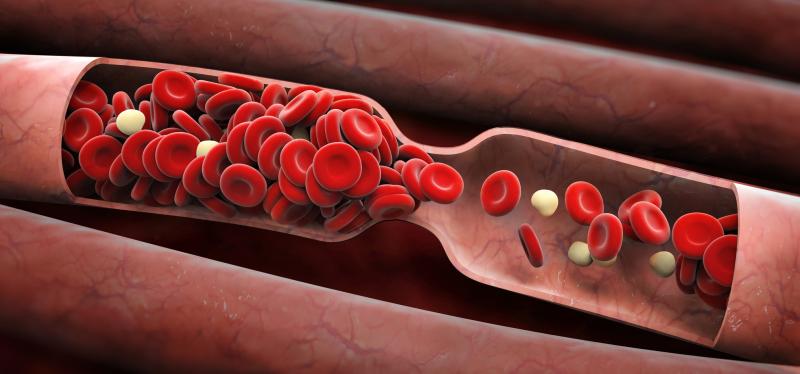
Elevated serum phosphorus concentration (SPC) is associated with increased risk of calcified plaques, with no significant difference in cardiac events, in asymptomatic Korean individuals without kidney dysfunction, results of a recent study have shown.
A total of 6,329 asymptomatic Koreans (mean age, 53.6 years; 72.9 percent men) without kidney dysfunction and coronary artery disease, who voluntarily underwent coronary computed tomography angiography (CCTA) as part of a general health examination, were examined in this study. Participants were then stratified into quartiles based on their SPCs (≤3.0, 3.1–3.3, 3.4–3.7, ≥3.8 mg/dL).
CCTA was used to assess the degree and extent of subclinical coronary atherosclerosis. Stenosis of diameter ≥50 percent was considered significant. A cardiac event was defined as a composite of all-cause death, myocardial infarction, unstable angina, and coronary revascularization.
Increasing SPC quartiles showed a significantly higher risk of any atherosclerotic plaque (p=0.001) after adjustment for cardiovascular disease risk factors. Specifically, the risk of calcified plaque escalated in the second (odds ratio [OR], 1.27, 95 percent confidence interval [CI], 1.07–1.51; p=0.006), third (OR, 1.39, 95 percent CI, 1.17–1.64; p<0.001), and fourth SPC quartiles (OR, 1.50, 95 percent CI, 1.24–1.82; p<0.001) compared with that in the first quartile.
In contrast, no significant differences were noted in the adjusted ORs for noncalcified plaque, mixed plaque, or significant stenosis. There was also no significant difference in cardiac events between the SPC quartiles during a median follow-up of 5.4 years.
“Further long-term prospective studies are required to validate these results,” the investigators said.